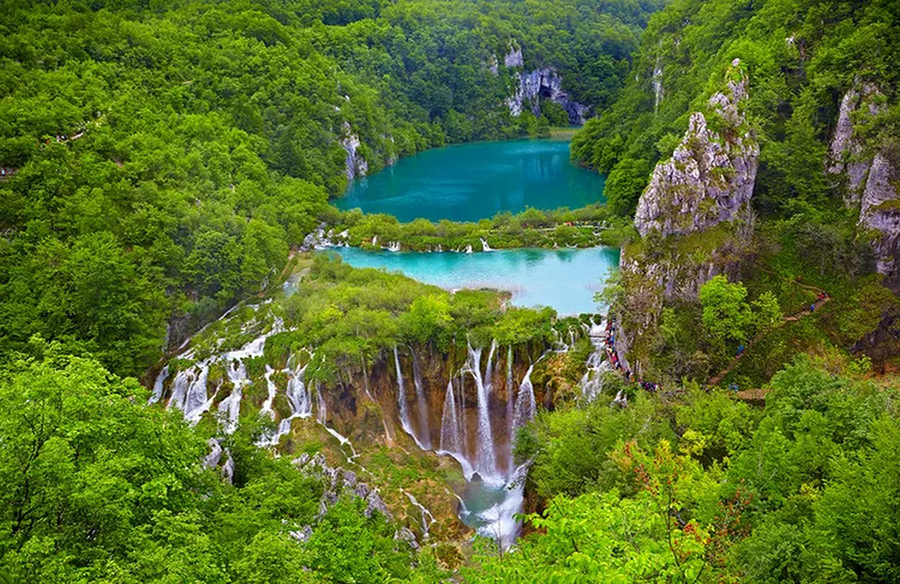Understanding the Summer Solstice: 7 Key Facts

The summer solstice marks a pivotal moment in the calendar, signaling the onset of summer and bringing with it extended hours of daylight. As we bask in the warmth of the sun and revel in outdoor activities, it’s worth delving into some intriguing aspects of this celestial event.
Varied Dates
The summer solstice occurs annually between June 20 and June 22, its precise timing dependent on both the year and geographical location. For instance, in 2023, the solstice falls on Wednesday, June 21, at 10:57 am EDT.
The Longest Day (Sort of)
While commonly referred to as the longest day of the year, technically, all days comprise the same number of hours. However, the summer solstice boasts the most sunlight hours. Conversely, during the winter solstice, the Northern Hemisphere experiences shorter daylight hours.

Momentary Event
The summer solstice represents a brief moment when the sun aligns directly overhead the Tropic of Cancer at noon. Interestingly, this tropic’s name originated from the sun’s position in the Cancer constellation, though it now appears in Taurus during the solstice due to Earth’s axial shifts.
Season Commencement
Debates arise regarding whether the summer solstice marks the official start of summer. Meteorologically, summer commences on June 1, while astronomically, it aligns with the solstice. This discrepancy stems from differing perspectives on defining seasons based on either temperature cycles or Earth’s solar position.
Stonehenge Significance
Stonehenge, the iconic prehistoric monument in the United Kingdom, garners significant attention during the summer solstice. Believed to be aligned with solar movements, it serves as a gathering site for thousands of individuals, some clad in Druid attire, commemorating this celestial occurrence.
Celestial Parallels
Beyond Earth, other celestial bodies such as Mars also experience solstices. In 2016, both Earth and Mars observed solstices within a few days of each other, owing to Mars’ unique orbital characteristics.
Notably, Not the Hottest
Contrary to expectation, the summer solstice, despite offering the most sunlight, does not coincide with the hottest day of the year. This phenomenon, known as seasonal temperature lag, results from delayed heat release by the land and oceans, with peak temperatures typically manifesting in late July or August.
As we celebrate the summer solstice and relish in its luminous embrace, these insights offer a deeper appreciation for this annual phenomenon, reminding us of the intricate dance between Earth, sun, and seasons.












